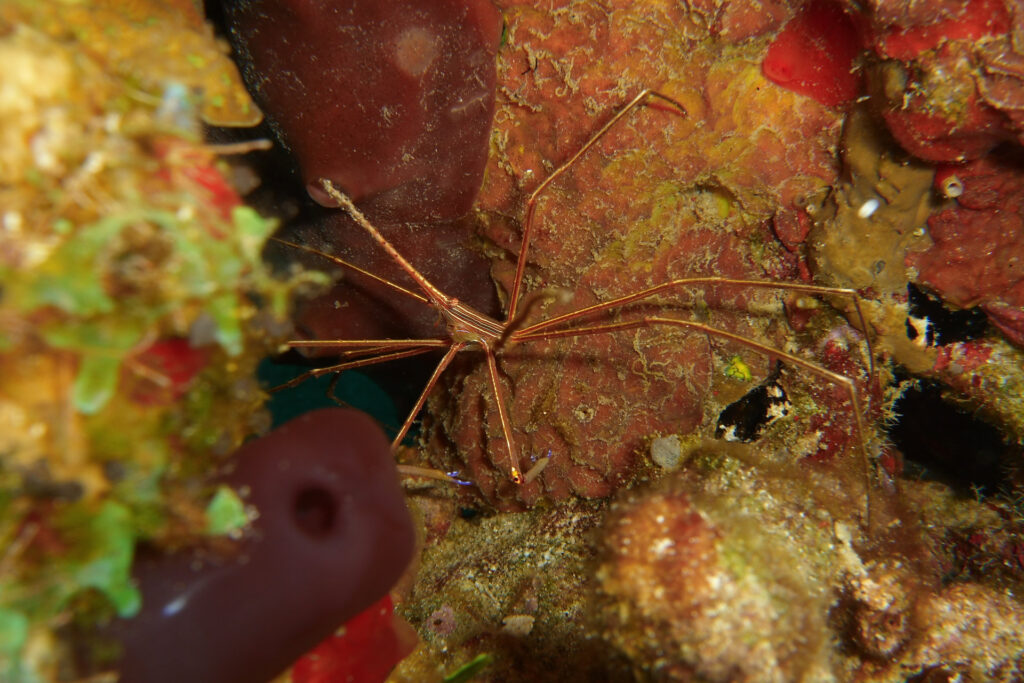There may be no creatures more perfectly adapted to their environment than sea stars.
SCUBA diving is the closest thing to space travel you can do without leaving mother Earth. The ocean is beautiful, huge, and at once both inviting and intimidating. You carry the air you breath on your back, and as soon as you leave your ship, you experience a change in gravity. Along the way, you encounter species the likes of which seem to belong in a Star Trek or Men in black movie.
Perhaps, there are none more alien than sea stars. From the way their circulatory system works, to the way they walk, to the ways they reproduce, everything about them makes them look like they belong on another planet. Here are four amazing facts about sea stars.
- Their veins are full of seawater. Sea stars don’t have blood. They circulate seawater through their veins to distribute nutrients throughout the body.
- They don’t have a heart. They have a specialized valve that pulls in seawater and pushes it throughout the body.
- They use bio-hydraulics to walk. The same vascular system that uses water instead of blood doubles as a hydraulic motion machine. The water that circulates nutrients eventually exits through thousands of tiny tubular suction feet along the bottom of the legs, powering the feet as the star moves slowly along the seafloor or over the reef.
- They don’t need sex to reproduce. While sea stars do reproduce in a traditional version of males fertilizing females’ eggs, it’s not the only way they can procreate. They have amazing regenerative abilities, which means they can regrow lost arms. And some species can shed an entire arm, which then grows into a clone of the original. Even more amazing; if a sea star is cut into pieces, in many cases each piece can grow into a new fully developed clone.
The brittle sea stars on the sponge in the headline photo live on a reef off the coast of Belize. They are shy during the day. A night dive is the best opportunity to find them out and about for a portrait, but it was a rare treat to find so many clustered together at once
All other images were shot on reefs off the coast of Pulau Tolandona, a small island in the Southeast Sulawesi province of Indonesia, the home of the Wakatobi dive resort. Blue sea stars are commonly seen in these two shades, and are easy to spot on the seafloor or on the reef. They move slowly so they’re easy to shoot, and when they’re on a colorful part of the reef they make for a beautiful image. Sea stars are plentiful in Indonesia, creating a wealth of photo opportunities, such as the three captured together in one shot. The long, spiny legs of a brown brittle star are visible on the left, intertwined with a small branching coral. Brittle stars move much more quickly than most sea stars, and during the day it’s common to see only a leg or two reaching out from a hiding place in the reef.
Brittle stars on sponge: Canon EOS M50, Canon EM 11-22 lens, Ikelite underwater housing, Ikelite DS160 strobe with Ikelite dome diffuser
All others: Sealife DC2000 with onboard strobe in Sealife underwater housing.




